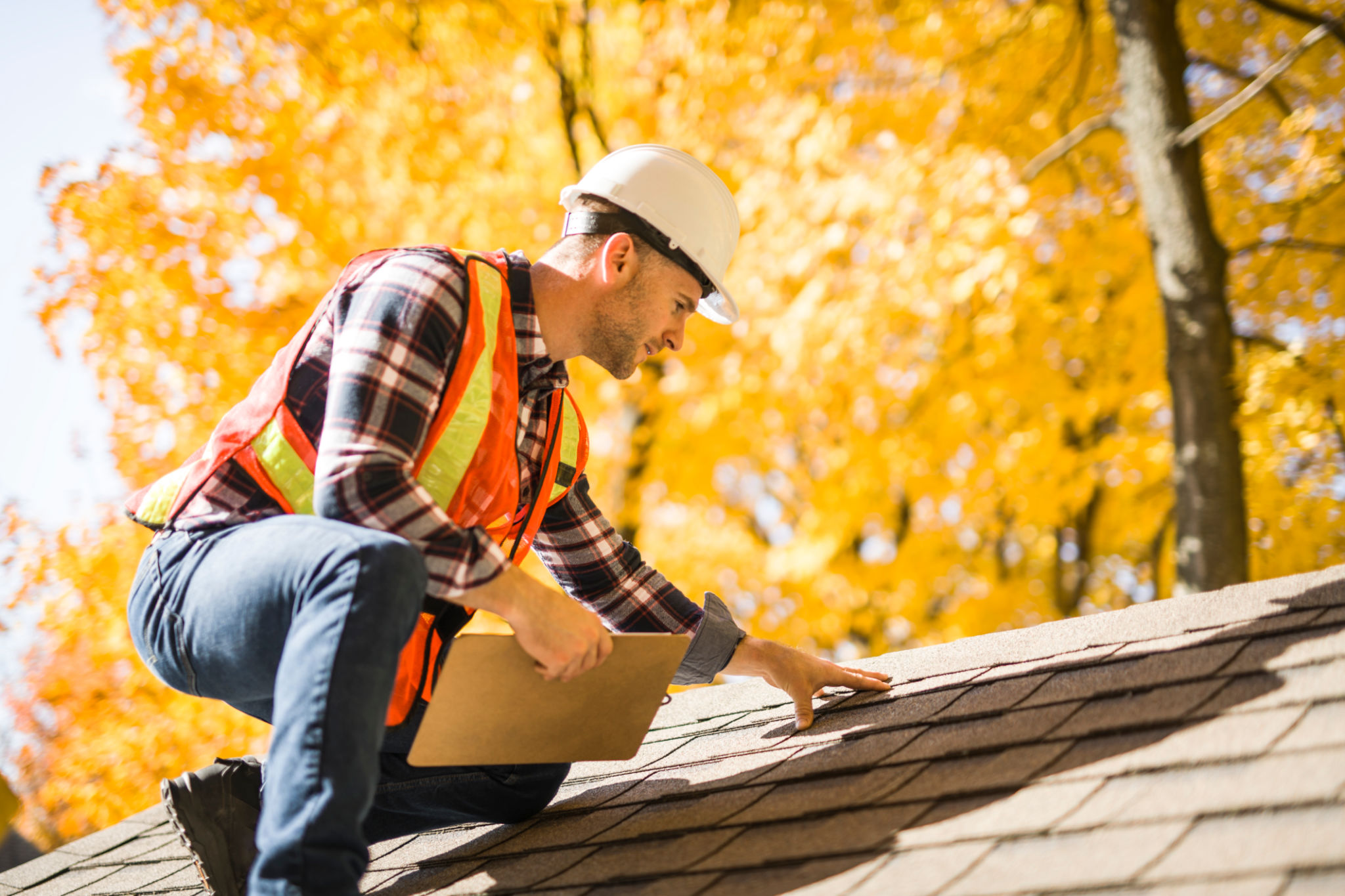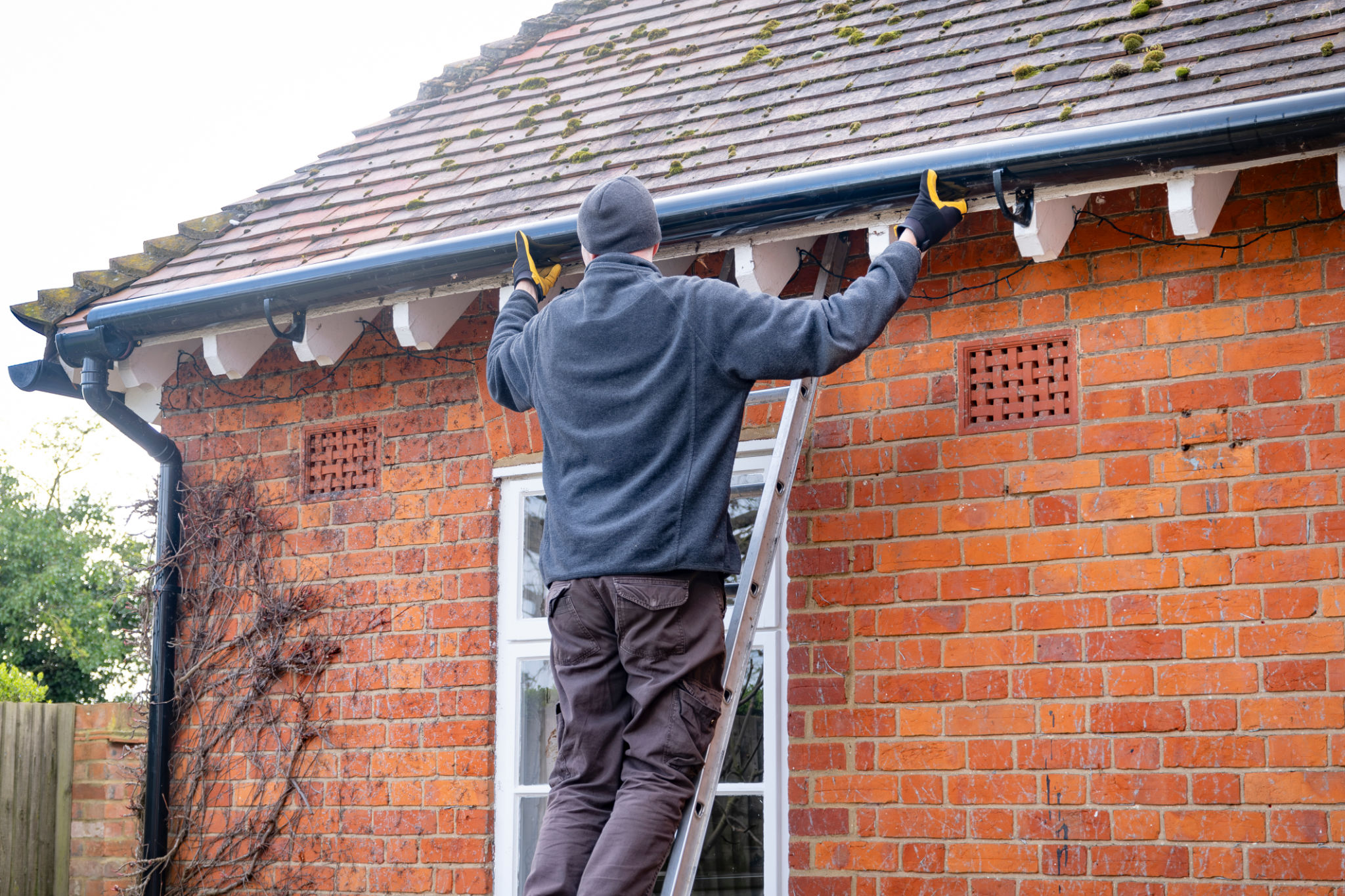DIY Roof Inspection: Spotting Common Issues Before They Escalate
Introduction to DIY Roof Inspection
Regular roof inspections are crucial for maintaining the integrity of your home. By conducting a DIY roof inspection, you can spot common issues before they escalate into costly repairs. With a keen eye and some basic tools, homeowners can identify potential problems early, saving both time and money.
Engaging in regular roof maintenance not only preserves the aesthetic appeal of your home but also ensures its structural safety. Let’s delve into the essential steps for a successful DIY roof inspection.

Tools You Will Need
Before starting your inspection, it's important to gather the necessary tools. Here’s a simple list to get you started:
- Ladder
- Binoculars
- Flashlight
- Tape measure
- Notebook and pen for notes
Having these tools on hand will make the process more efficient and help you document any issues you encounter.
Checking for Shingle Damage
One of the most common roofing issues is shingle damage. While inspecting, look for missing, cracked, or curled shingles. These signs indicate that your roof is vulnerable to water infiltration.
Pay special attention to the areas around chimneys and vents, as these spots are prone to leaks. If you notice any suspicious signs, plan for repairs before the damage worsens.

Inspecting Flashing and Sealants
Flashing and sealants play a critical role in preventing water from seeping into your home. During your inspection, examine the flashing around chimneys, skylights, and roof valleys. Look for rust or cracks that could indicate damage.
Additionally, check the condition of sealants. If they appear dried out or cracked, it's time to reapply to ensure they remain effective in sealing out moisture.
Gutter and Downspout Examination
Gutters and downspouts are essential for directing water away from your roof and foundation. During your inspection, make sure they are free of debris like leaves and twigs, which can cause blockages.

Ensure that gutters are securely attached and that there are no signs of sagging or leaks. Properly functioning gutters help prevent water damage to both the roof and the home's structure.
Attic Inspection
An often-overlooked area during roof inspections is the attic. Check for signs of moisture or daylight coming through the roof boards. This could indicate leaks or insufficient insulation.
Look for any mold or mildew, as these are signs of excessive moisture, which can lead to more significant problems if not addressed promptly.
Conclusion
A DIY roof inspection is an effective way to identify potential problems before they become costly repairs. By regularly examining shingles, flashing, gutters, and the attic, you can maintain the health of your roof and protect your home.
If you encounter any issues beyond your expertise during the inspection, consider hiring a professional roofing contractor. Regular maintenance will ensure your roof remains in excellent condition for years to come.
